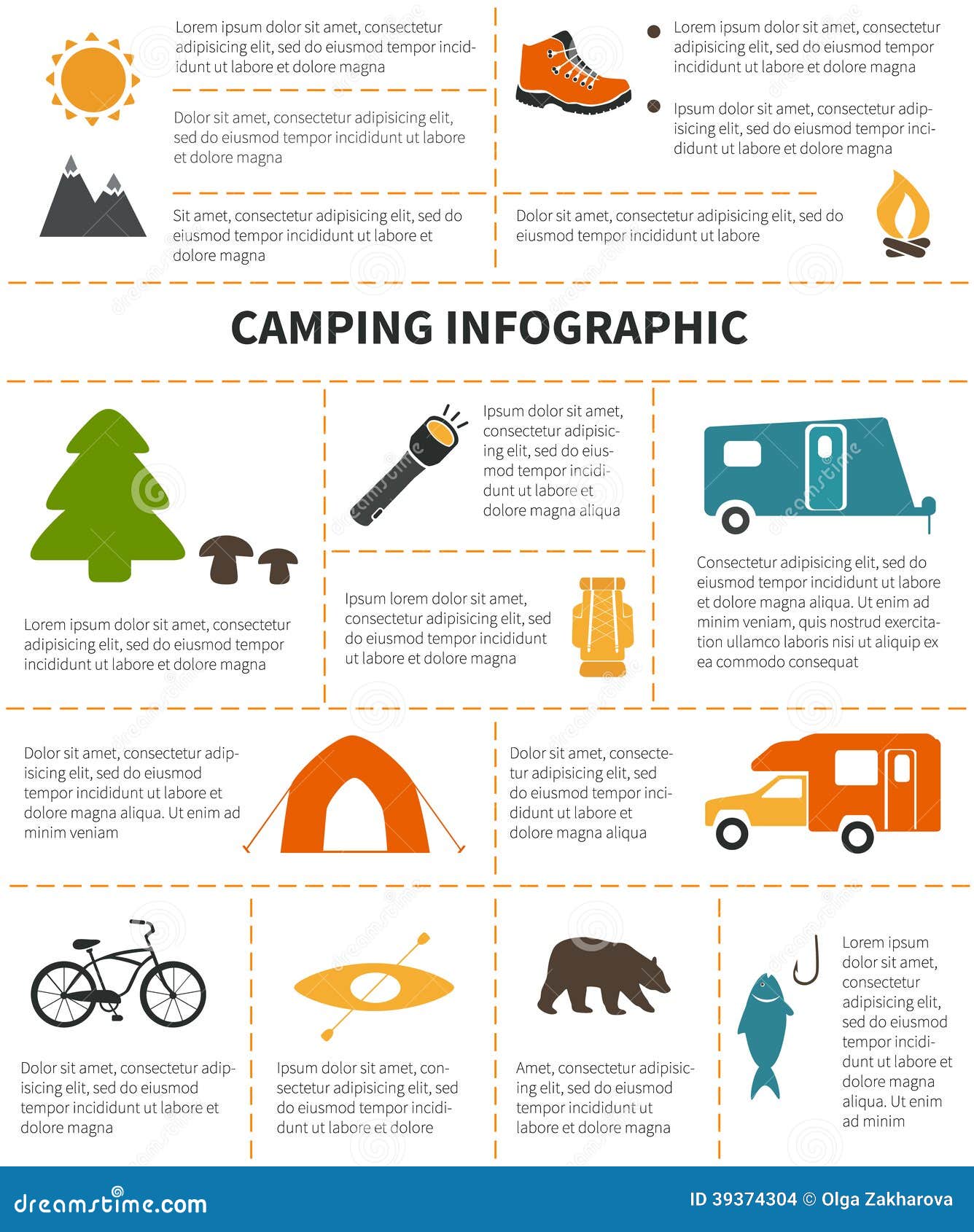Numerous backpackers pick interior structure packs for their streamlined and form-fitting design. Their form helps maintain the weight more detailed to your body, improving stability on rough tracks or off-trail clambering.
They likewise don't expose as much of the pack to the environment-- a plus if you plan on bushwhacking and need to prevent sharp branches that can snag gear.
Weight Circulation
While inner structure packs are much more prominent than exterior structure backpacks for the majority of hikers, exterior frameworks remain a staple for lengthy expeditions and heavy lots. They are created to distribute the weight of your equipment throughout your shoulders, back, and hips for optimum convenience.
They have big voids between the pack bag and the structure for ventilation which enables air to flow over your back while treking. They are good for heat walkings and for hikers who wish to decrease sweating versus their backs.
On the drawback, externals tend to rest farther away from your torso so you'll need to lean forward a lot more while hiking, which can be tough on your spinal column and knees over extended journeys. The exposed structure likewise means that your knapsack might obtain caught on rocks, roots, or various other barriers as you rush along tracks or duck under impact downs on coastal headlands. They likewise tend to be a lot more expensive than interior frame packs.
Air flow
External frame backpacks rest farther away from your torso, which increases air movement and minimizes sweat element on your back. Interior frames, nonetheless, hug your body, which can lead to bad air flow and a boosted threat of warm stroke on hot days.
It's additionally crucial to think about whether your design standards is based upon un-adapted individuals (initial entering the area), or adjusted ones (people that have been in the room for a long time). The ventilation prices might be different between these 2 scenarios.
In addition, outside frame loads transfer load to your hips, which enables you to adopt tent durability an upright walking pose and are optimal for route strolling. They are not, however, helpful for clambering due to their top-heavy layouts.
Adjustability
While it might appear as though inner framework packs have actually won the day in terms of pack choice and innovation, externals do supply some benefits. A big draw is the capability to band equipment directly to the pack framework, supplying flexibility for differing the dimension of the lots and improving ease of access. Numerous external framework packs also feature a multitude of smaller outer pockets to aid arrange equipment, with access to the main compartment normally coming through the top of the packbag.
This permits the customer to far better control their load weight, decreasing anxiety on the shoulders and neck. They additionally allow the user to keep the pack more detailed to the body, which improves stability on rugged routes and when clambering off trail.
Convenience
For those that have a narrower upper body or hip dimension, the outside structure layout may feel more snug than internal designs. This close fit reduces the amount of space for equipment and can make it hard to protect things firmly without impacting accessibility to the bag components.
Luckily, this tighter fit is much less of a concern in contemporary interior framework loads thanks to the many adjustable shock absorber available. Plus, the gap in between the framework and packbag allows air to circulate, lowering sweating.
This likewise makes the inner framework ideal for technical walkings that need security and agility when navigating rugged routes and off-trail clambering. While the choice of external frame knapsacks has actually been decreasing over the years, they are still the best option for numerous outdoor enthusiasts due to their longevity and capability. However, for those that desire one of the most comfy hiking experience we advise selecting an inner framework model that is sized properly to your torso and hips.
